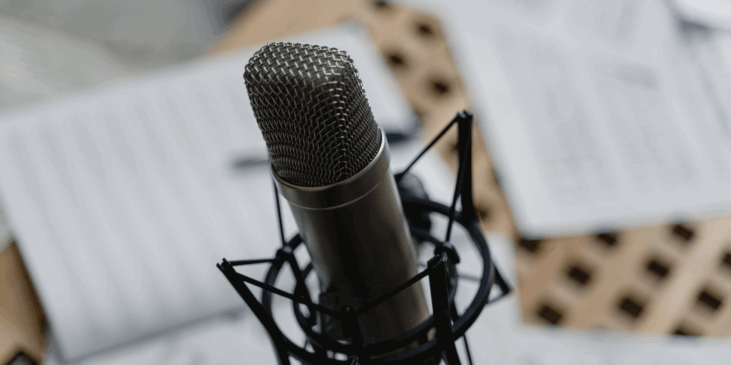By Rowlf
Now you’ve done your practice and got your equipment, next thing up is the space you’ll be recording in – which is actually more important than the choice of microphone. Remember, a good microphone in a really bad space is much, much worse than a poor microphone in a really good space.
What does a good recording space look and sound like then?
Firstly, you want to reduce external noise as much as possible, aiming for zero external noise. If you’re lucky, you’ll be living in a double-glazed house with no noisy neighbours or screaming children. If you are living in a noise compromised space, then you might want to think about recording at a different time, say late at night or early in the morning. Pro narrators have a dedicated voice booth to achieve this, but we’re doing this with bits wire and sticky tape, so that’s not an option.
If you have a spare room or a dedicated office, use that. If not, many pro narrators (myself included) start narrating by opening a closet door, draping a couple of duvets on the insides of the open doors, and sit looking into the closet with the microphone pointed at them from within the closet. Why do they do this?
The second part of having a good recording space is about not having your voice bounce around on hard surfaces around you and find their way back into the microphone a split second later. I won’t bore you with technicalities, but it just sounds really bad. One star, do not recommend. The open closet method puts all your lovely soft clothes behind your microphone as you’re looking at it. Your voice passes the microphone and is recorded and travels on past it into the clothes and is retained there because it has nothing to bounce off of. The same reasoning applies to the duvets on the insides of the doors either side of you. You’ll be amazed at just how effective this can be.
If you don’t have a closet you can use, then just do the same thing in the wider room that you’re in. Rob the cushions from all over the house, along with all of the pillows and duvets, and cover every hard flat surface in the room so that your voice won’t bounce off of them. Don’t forget the window!
Your microphone is set up on a stand of some sort (which often comes with it, or it has a table top mount), and it’s plugged directly or indirectly through an interface into your computer. Watch out for any noise your computer makes! Some have fans that kick on, and that will ruin your recording. Best option is to run some leads or use bluetooth to keep your computer in the next room. If that’s not possible, then put it as far away from the microphone as you can, preferably with something physical between it and the sight line to the microphone to reduce the risk of it being recorded.
Now you’ve got your space set up and ready to go, next time we’ll look at recording and editing.
Rowlf is an Audiobook Narrator and active member of the Dirty Discourse community


0 comments on “Tips For Recording Your Own Audiobook – Part 2 – The Space”